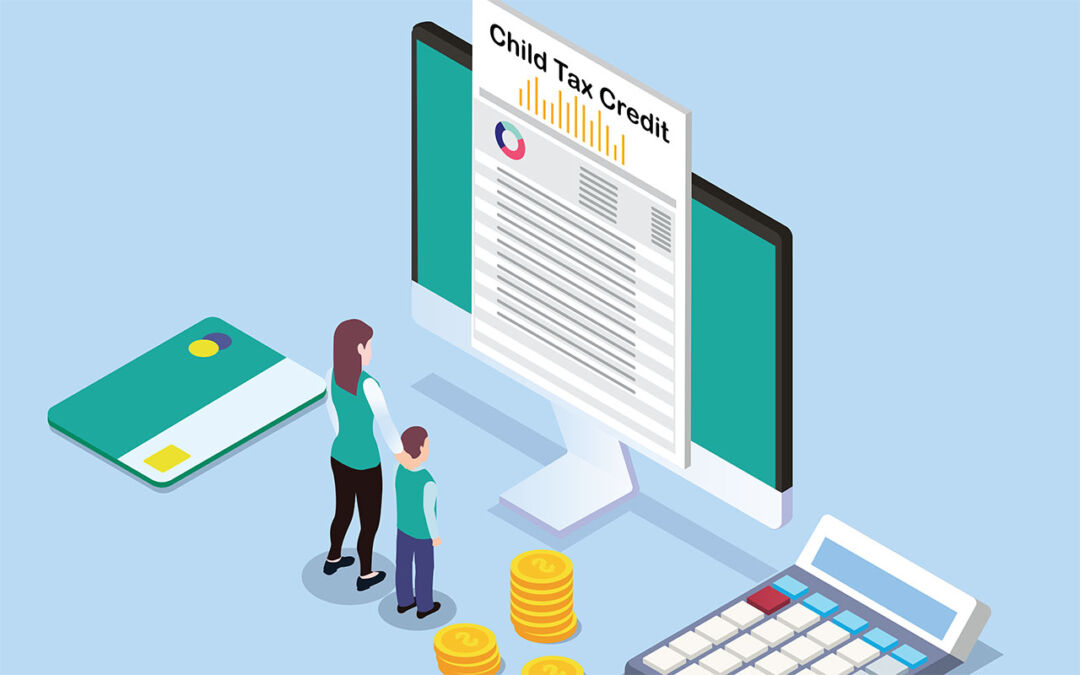The effects of the expanded Child Tax Credit on low-income families in the United States

Childhood poverty is a stubborn problem in the United States. About 11 million U.S. children lived in poverty prior to the COVID-19 pandemic, accounting for nearly one-third of the impoverished population in one of the wealthiest countries in the world. Upon the expansion of one of the federal government’s most effective anti-poverty programs—the Child Tax Credit—childhood poverty witnessed “a record drop” during the pandemic, according to data compiled by the U.S. Census Bureau in 2020 and 2021.
The Census Bureau reported a 46 percent decline in its Supplemental Poverty Measure—which measures poverty levels by calculating net income after payroll taxes, tax credits, and federal anti-poverty assistance such as the Child Tax Credit, housing subsidies, and the Supplemental Nutrition Assistance Program—from 2020 to 2021. A major component of this poverty measure was the increased value of the Child Tax Credit, from $2,000 to $3,600 for children under 6 years old and to $3,000 for children between the ages of 6 and 17, which lifted 2.9 million children out of poverty.
These telling results are supported by findings in a 2022 working paper, titled “The Effects of Income on the Economic Wellbeing of Families with Low Incomes: Evidence from the 2021 Expanded Child Tax Credit,” which closely examines the impact of the expansion of the Child Tax Credit on low-income U.S. families. The four researchers at the University of Michigan who co-authored the working paper—Natasha Pilkauskas, Katherine Michelmore, Nicole Kovski, and H. Luke Shaefer—dive deeper into this issue by looking at exactly how these families spent their expanded CTC benefits.
Paying monthly bills, such as utilities payments, was the most popular use of these benefits among surveyed recipients of the Child Tax Credit, at 75%. The next most-popular use was the purchase of school supplies or school clothes and uniforms for their children (25 percent) and spending on child necessities, such as diapers and wipes (10 percent). The co-authors also report response rates of between 9 percent and 12 percent for monthly spending of the expanded CTC benefits on mortgage or rent payments. Child care is the least widely used spending of these benefits by families (5 percent to 7 percent), while another 1 percent to 2 percent went into savings accounts.
This working paper demonstrates that a distinct majority of families spent their expanded Child Tax Credit on immediate living expenses and child-related expenses. This led the four co-authors to investigate whether the expanded CTC program improved the economic well-being of low-income U.S. households. Using two separate economic models, the researchers find that each additional $100 increase in monthly CTC payments significantly decreases material hardships experienced by the families receiving the benefits.
More specifically, the average amount of the Child Tax Credit among those who received it was close to $500. When multiplied by each reported month, the average benefit displayed a reduction in the total number of children living in poverty by about 17 percent. What’s more, food insecurity or food hardships also declined because of an additional $100 in monthly CTC payments.
These findings demonstrate that expanding income support programs, such as the Child Tax Credit, are immediately beneficial not only for families with children living in poverty but also for the broader economy of the United States where the families are spending these expanded benefits. Indeed, these findings show that extending the expanded CTC program will help support U.S. families and the broader economy for years to come.







